Home>Gardening & Outdoor>Landscaping Ideas>What Are Stickers In The Grass
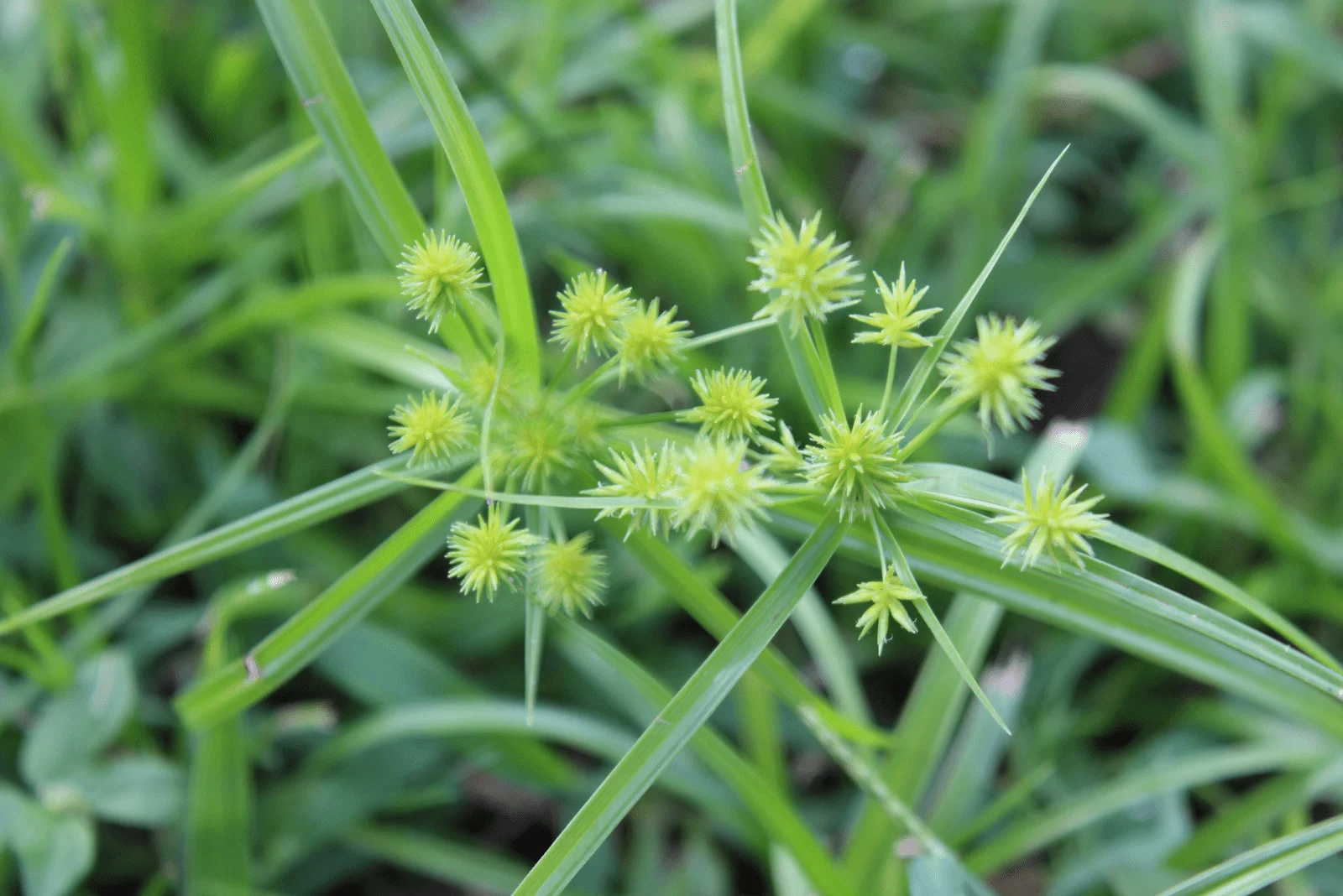

Landscaping Ideas
What Are Stickers In The Grass
Published: January 26, 2024
Discover creative landscaping ideas with stickers in the grass. Enhance your outdoor space with unique and innovative design solutions. Explore our tips and inspiration!
(Many of the links in this article redirect to a specific reviewed product. Your purchase of these products through affiliate links helps to generate commission for Storables.com, at no extra cost. Learn more)
Introduction
When you stroll through a lush green lawn or a wild meadow, the last thing you want to encounter is the discomfort of stepping on stickers hidden among the blades of grass. These pesky little plants, also known as stickers, stickers in the grass, or burs, can quickly turn a leisurely walk into an unpleasant experience. But what exactly are stickers in the grass, and why do they seem to pop up in the most unexpected places?
Stickers in the grass refer to the seed pods of certain plants that have barbed spines or hooks, designed to attach themselves to passing animals or unsuspecting footwear, thereby dispersing the plant’s seeds far and wide. These tiny hitchhikers can cause frustration for anyone who encounters them, as they have a knack for latching onto clothing, pet fur, and even bare skin, leading to discomfort and annoyance.
Understanding the different types of stickers in the grass, the reasons for their presence, and how to effectively manage them can help you reclaim your outdoor spaces and enjoy a sticker-free environment. Let’s delve into the world of stickers in the grass to uncover the secrets of these prickly nuisances and discover the best strategies for keeping them at bay.
Key Takeaways:
- Stickers in the grass are pesky plants with barbed seed pods that attach to clothing and animal fur, causing discomfort. Understanding their types and reasons for presence can help manage and minimize their impact.
- To control stickers in the grass, implement strategies like regular mowing, targeted herbicide applications, and promoting competitive grass species. This helps create comfortable outdoor spaces free from these prickly nuisances.
Read more: How To Kill Grass Stickers
Types of Stickers in the Grass
Stickers in the grass come in various forms, each with its own unique characteristics and methods of dispersal. Understanding the different types of stickers can help you identify and manage them more effectively. Here are some common types of stickers found in grassy areas:
- Bur Clover (Medicago hispida): This annual weed produces small, round seed pods covered in tiny spines. The pods are notorious for sticking to clothing and animal fur, making them a common annoyance in lawns and pastures.
- Beggar’s Lice (Heliophila longifolia): Also known as stickseed, this plant produces small, flat seeds with barbed appendages that easily attach to passing objects. These seeds can be a major nuisance in grassy areas and are notoriously difficult to remove once they become attached.
- Burr Chervil (Anthriscus caucalis): This invasive weed produces clusters of small, spiny seed pods that resemble miniature burrs. The pods can easily become entangled in clothing and pet fur, leading to discomfort and frustration.
- Caltrop (Tribulus terrestris): Commonly known as puncture vine, this plant produces hard, woody fruits with sharp spines. When dispersed in grassy areas, these fruits can pose a hazard to bare feet and pet paws.
- Field Sandbur (Cenchrus longispinus): This warm-season grass weed produces spiny seed heads that can easily attach to clothing and animal fur. The sharp spines can cause irritation and discomfort upon contact.
These are just a few examples of the diverse range of stickers that can infiltrate grassy landscapes. While each type may have its own distinct appearance and seed dispersal mechanism, they all share the common trait of causing inconvenience and irritation to those who encounter them.
By familiarizing yourself with the different types of stickers in the grass, you can develop targeted strategies to prevent their spread and minimize their impact on your outdoor activities.
Reasons for Stickers in the Grass
Stickers in the grass serve a vital ecological purpose, despite their propensity to cause frustration for humans and animals alike. Understanding the reasons behind the presence of stickers can shed light on the intricate mechanisms of seed dispersal and the survival strategies of various plant species. Here are some key reasons for the prevalence of stickers in the grass:
- Seed Dispersal: Stickers are nature’s ingenious way of ensuring the widespread dispersal of plant seeds. By attaching themselves to passing animals, including humans, or clinging to clothing and fur, stickers hitch a ride to new locations, where they can germinate and give rise to new plants. This method of dispersal enhances the chances of survival for plant species, allowing them to colonize diverse habitats and thrive in different environments.
- Competition and Colonization: In grassy areas and open landscapes, plants compete fiercely for space, sunlight, and resources. Stickers have evolved to capitalize on this competition by employing seed dispersal tactics that enable them to colonize new territories and outcompete other plant species. By hitching a ride on animals or human passersby, stickers gain a strategic advantage in the battle for survival and expansion.
- Adaptation to Disturbance: Many sticker-producing plants are well-adapted to disturbed or transitional environments. These resilient species can quickly repopulate areas that have been subject to human or natural disturbances, such as mowing, grazing, or construction. By dispersing their seeds via stickers, these plants can rapidly recolonize open spaces and establish themselves in areas where other vegetation may struggle to take hold.
- Survival in Marginal Habitats: Stickers play a crucial role in the success of plant species in marginal or challenging habitats. By dispersing their seeds far and wide, these plants can increase their chances of finding suitable growing conditions, even in harsh or inhospitable environments. This adaptive strategy allows sticker-producing plants to thrive in a wide range of habitats, from grasslands and meadows to disturbed urban areas.
While stickers in the grass may be a source of annoyance for those who encounter them, it’s important to recognize the vital ecological functions they serve in the natural world. By facilitating seed dispersal, promoting species competition, and enabling adaptation to changing environments, stickers contribute to the resilience and diversity of plant communities.
By gaining insight into the reasons for the prevalence of stickers in the grass, we can develop a deeper appreciation for the intricate strategies employed by plants to ensure their survival and proliferation.
When walking in grassy areas, be mindful of stickers, which are small, sharp seeds that can stick to your clothes or skin. Check your clothing and remove any stickers to avoid discomfort or skin irritation.
How to Control Stickers in the Grass
Controlling stickers in the grass requires a multifaceted approach that combines proactive management strategies with targeted interventions to minimize their impact on outdoor spaces. Whether you’re dealing with stickers in your lawn, garden, or natural landscapes, implementing effective control measures can help restore comfort and enjoyment to these areas. Here are some practical methods for controlling stickers in the grass:
- Regular Mowing: Keeping grassy areas well-maintained through regular mowing can help prevent sticker-producing plants from reaching maturity and dispersing their seeds. By reducing the height of the grass and removing seed heads, you can limit the spread of stickers and minimize their presence in your outdoor spaces.
- Targeted Herbicide Applications: In cases where stickers have become widespread and difficult to manage, targeted herbicide applications can be used to control these plants. Selective herbicides designed to target broadleaf weeds while preserving grass species can help suppress sticker-producing plants and prevent them from spreading.
- Hand Pulling and Removal: For smaller infestations of stickers, hand pulling and physical removal of the plants can be an effective control method. By carefully uprooting sticker-producing weeds before they set seed, you can prevent further spread and reduce their presence in specific areas.
- Promoting Competitive Grass Species: Encouraging the growth of competitive grass species through proper lawn care practices, such as fertilization, aeration, and overseeding, can help create dense, healthy turf that outcompetes sticker-producing plants. A vigorously growing lawn can limit the establishment and spread of stickers, reducing their impact over time.
- Integrated Pest Management (IPM): Adopting an integrated pest management approach involves combining cultural, biological, and chemical control methods to effectively manage stickers in the grass. By integrating various control tactics and emphasizing preventive measures, IPM can help minimize the reliance on chemical interventions while promoting sustainable, long-term solutions.
- Creating Barrier Zones: In areas where stickers pose a persistent problem, creating barrier zones using mulch, landscape fabric, or other physical barriers can help prevent the encroachment of sticker-producing plants into desired spaces. These barriers can impede the spread of stickers and provide a protective buffer in gardens, walkways, and recreational areas.
By implementing a combination of these control strategies and adapting them to the specific characteristics of your outdoor spaces, you can effectively manage stickers in the grass and create more enjoyable and comfortable environments for leisure and recreation.
It’s important to approach sticker control with a long-term perspective, as consistent management practices can help prevent the resurgence of these pesky plants and maintain the beauty and usability of grassy landscapes.
Conclusion
Stickers in the grass may present a persistent challenge in outdoor environments, but by understanding their nature and employing effective control measures, we can reclaim our lawns, gardens, and natural landscapes from the discomfort they cause. From the diverse types of stickers to the ecological reasons behind their prevalence, it’s clear that these plants play a significant role in the intricate web of nature’s mechanisms. While their presence may test our patience, stickers ultimately contribute to the resilience and diversity of plant communities.
By recognizing the different types of stickers in the grass, we can develop targeted strategies to prevent their spread and minimize their impact on our outdoor activities. Whether it’s the round seed pods of bur clover or the barbed appendages of beggar’s lice, each type of sticker presents unique challenges that can be effectively managed with the right approach.
Understanding the reasons for the prevalence of stickers in the grass sheds light on the intricate mechanisms of seed dispersal and the survival strategies of various plant species. From facilitating seed dispersal to promoting species competition and adaptation to changing environments, stickers serve vital ecological functions that contribute to the resilience and diversity of plant communities.
When it comes to controlling stickers in the grass, a multifaceted approach is key. From regular mowing and targeted herbicide applications to hand pulling, promoting competitive grass species, and integrated pest management, there are various strategies that can be employed to effectively manage stickers and minimize their impact on outdoor spaces.
Ultimately, by implementing a combination of proactive management strategies and targeted interventions, we can create more enjoyable and comfortable environments for leisure and recreation. Whether it’s a well-tended lawn, a thriving garden, or a natural landscape, the effective control of stickers in the grass can enhance the beauty and usability of these spaces, allowing us to fully appreciate the wonders of the outdoors without the discomfort of encountering these pesky plants.
With a deeper understanding of stickers in the grass and the implementation of practical control measures, we can transform our outdoor spaces into inviting and comfortable environments, free from the nuisance of these prickly intruders.
Frequently Asked Questions about What Are Stickers In The Grass
Was this page helpful?
At Storables.com, we guarantee accurate and reliable information. Our content, validated by Expert Board Contributors, is crafted following stringent Editorial Policies. We're committed to providing you with well-researched, expert-backed insights for all your informational needs.
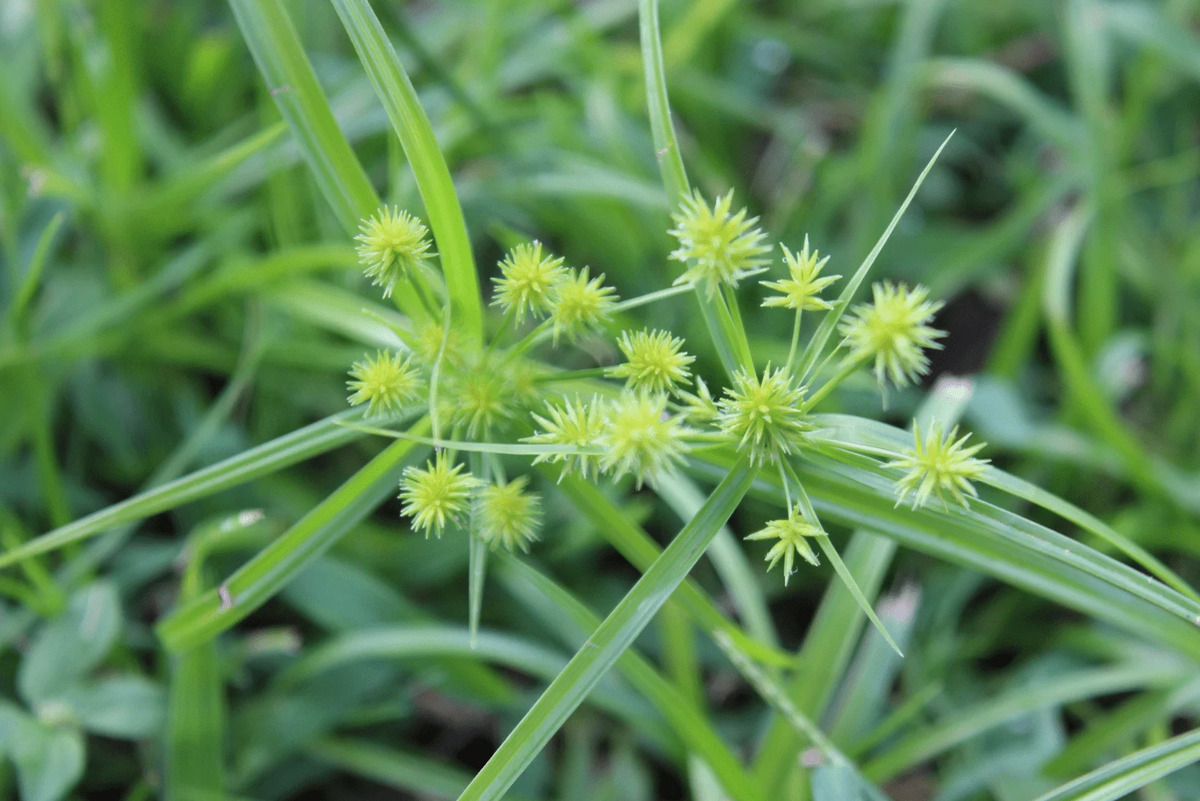

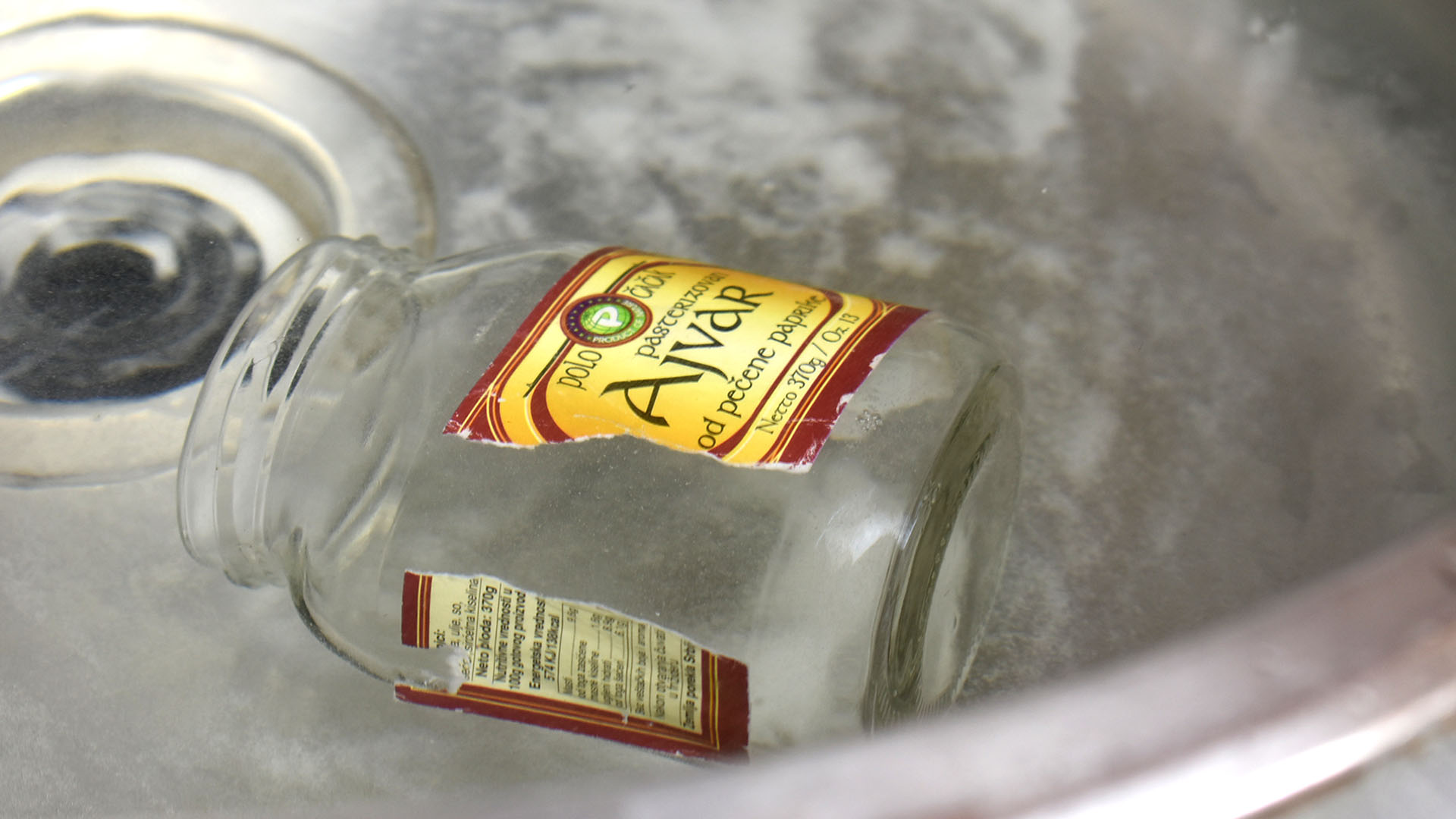


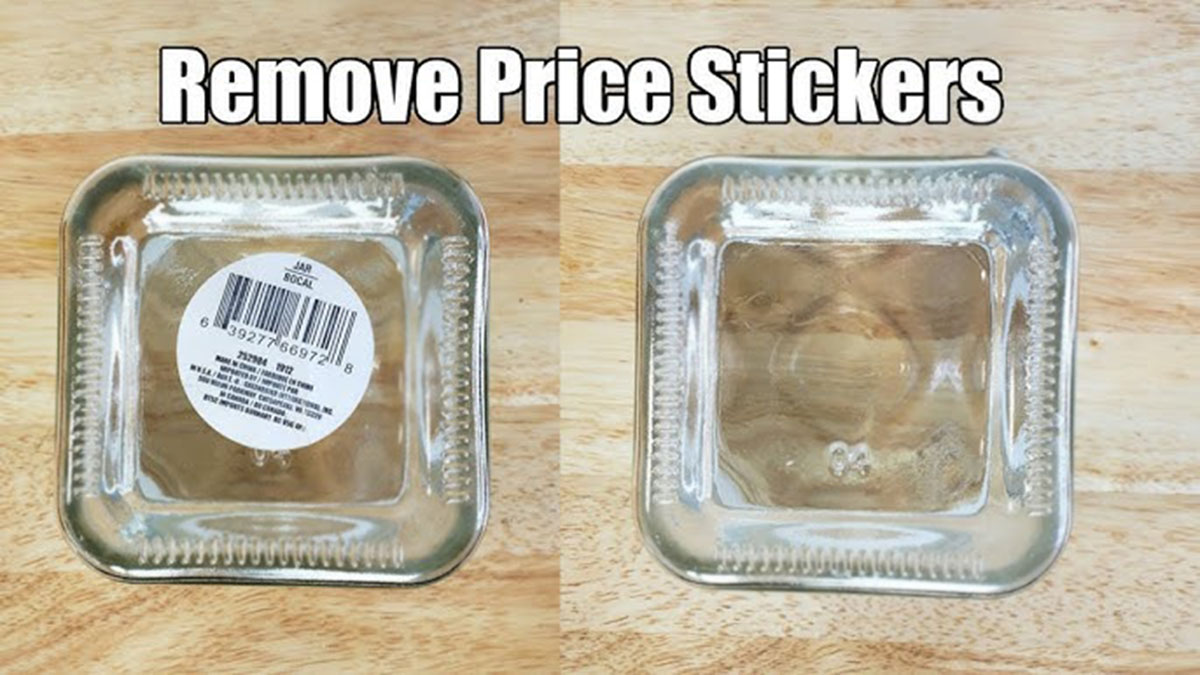
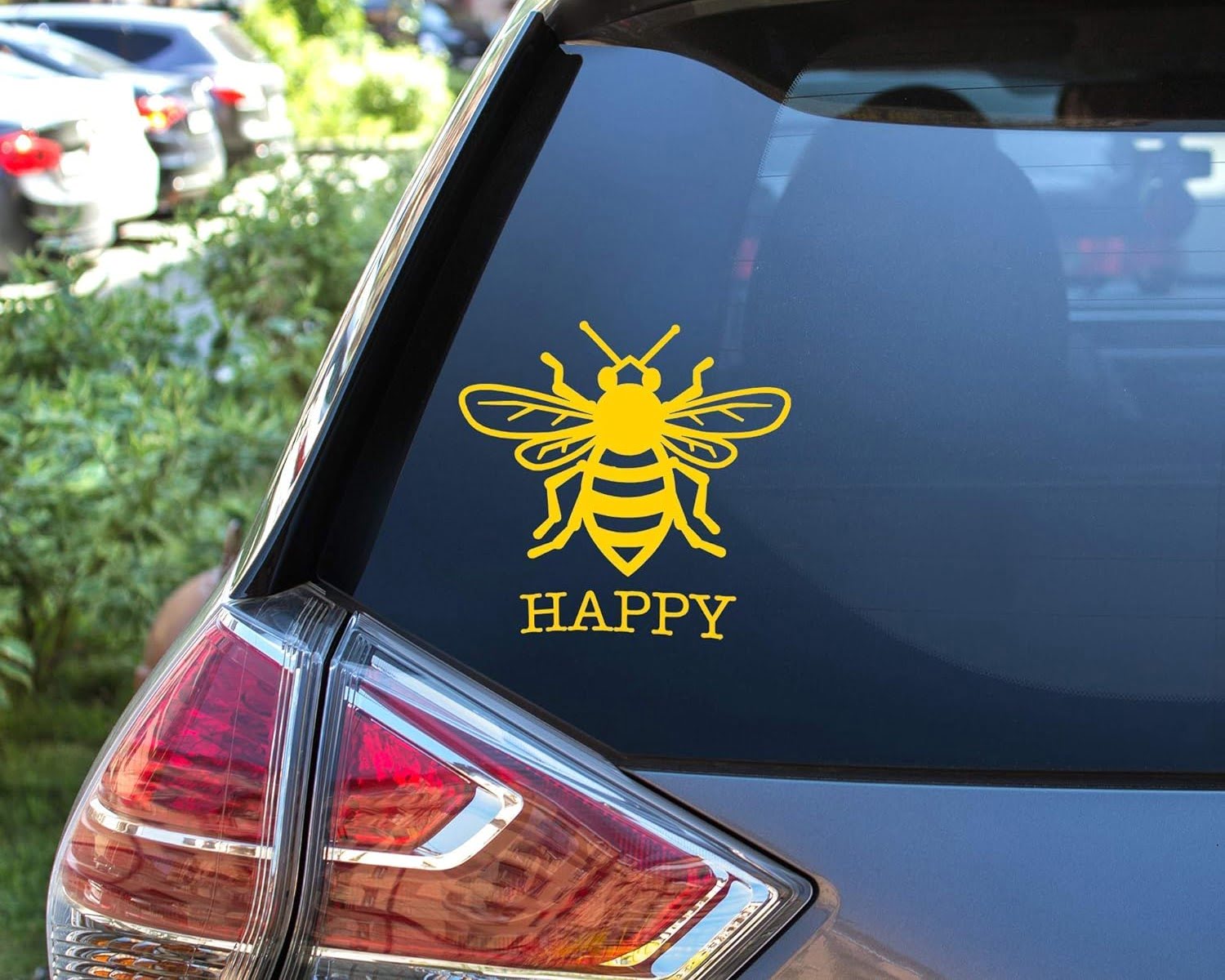
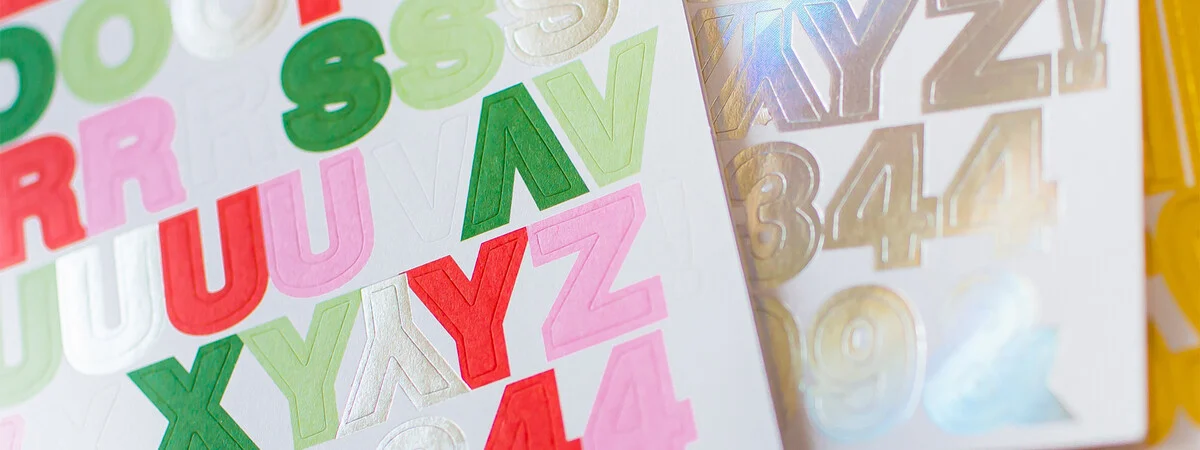
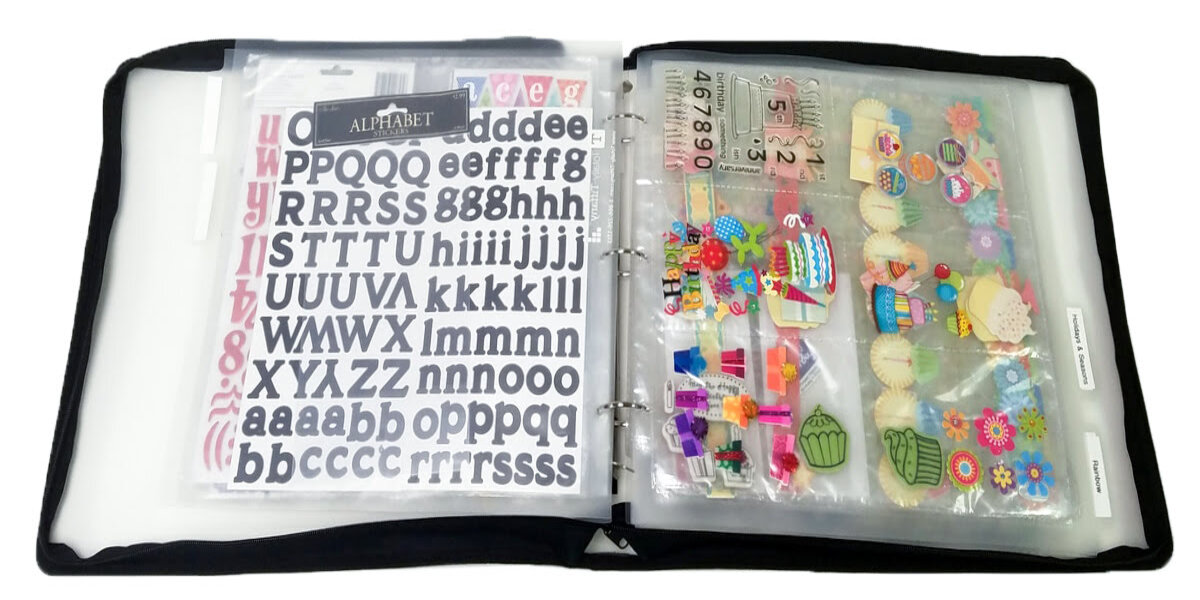
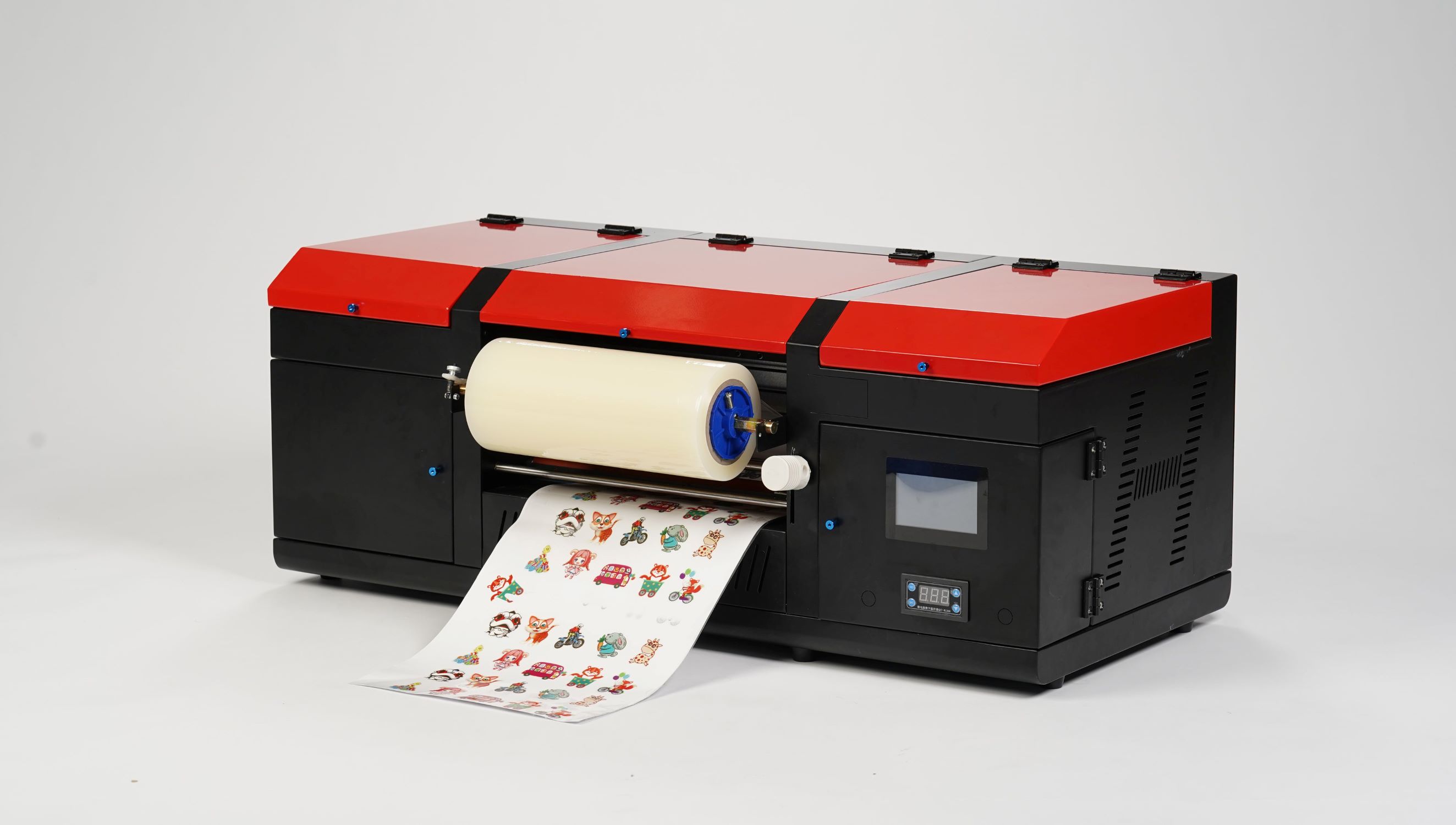

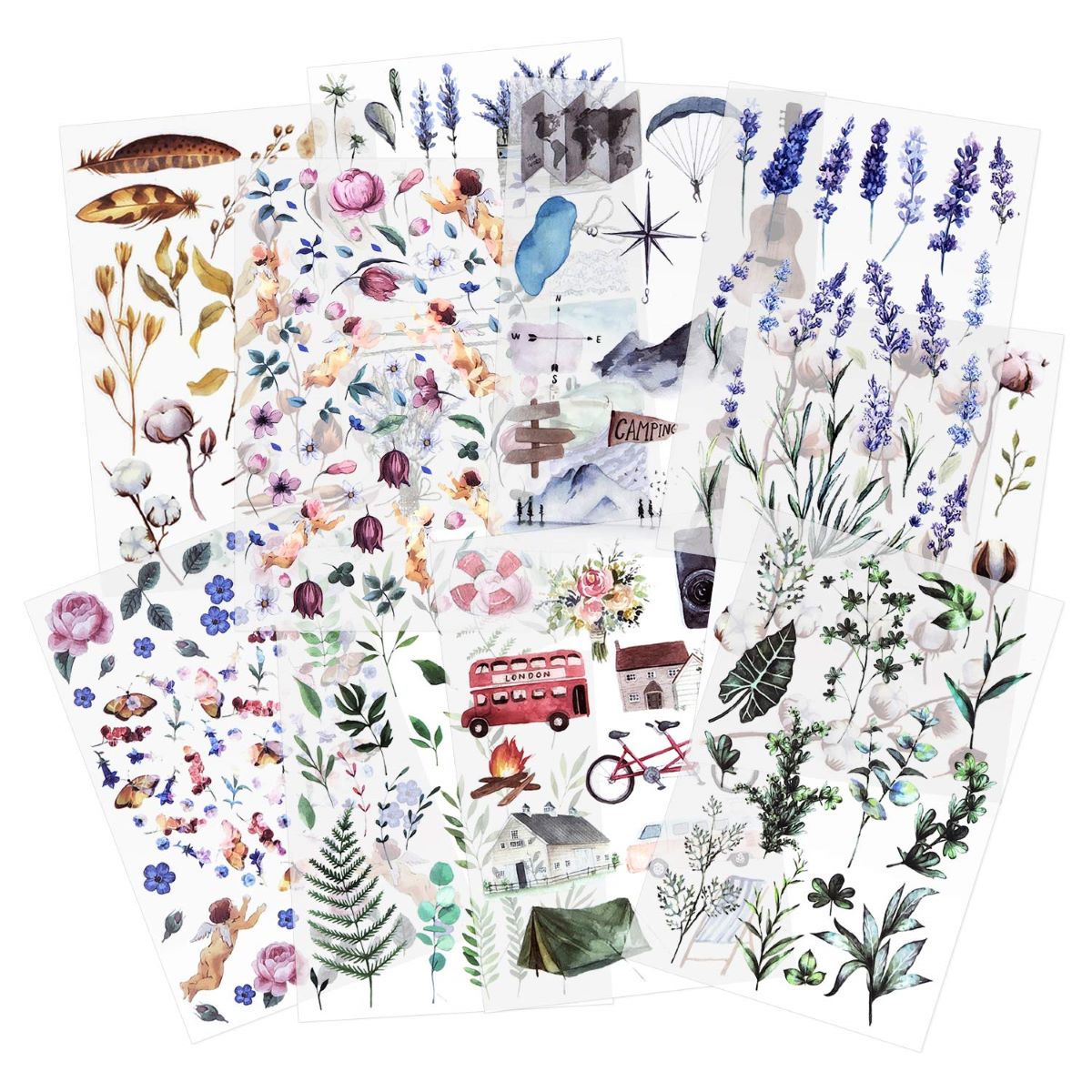

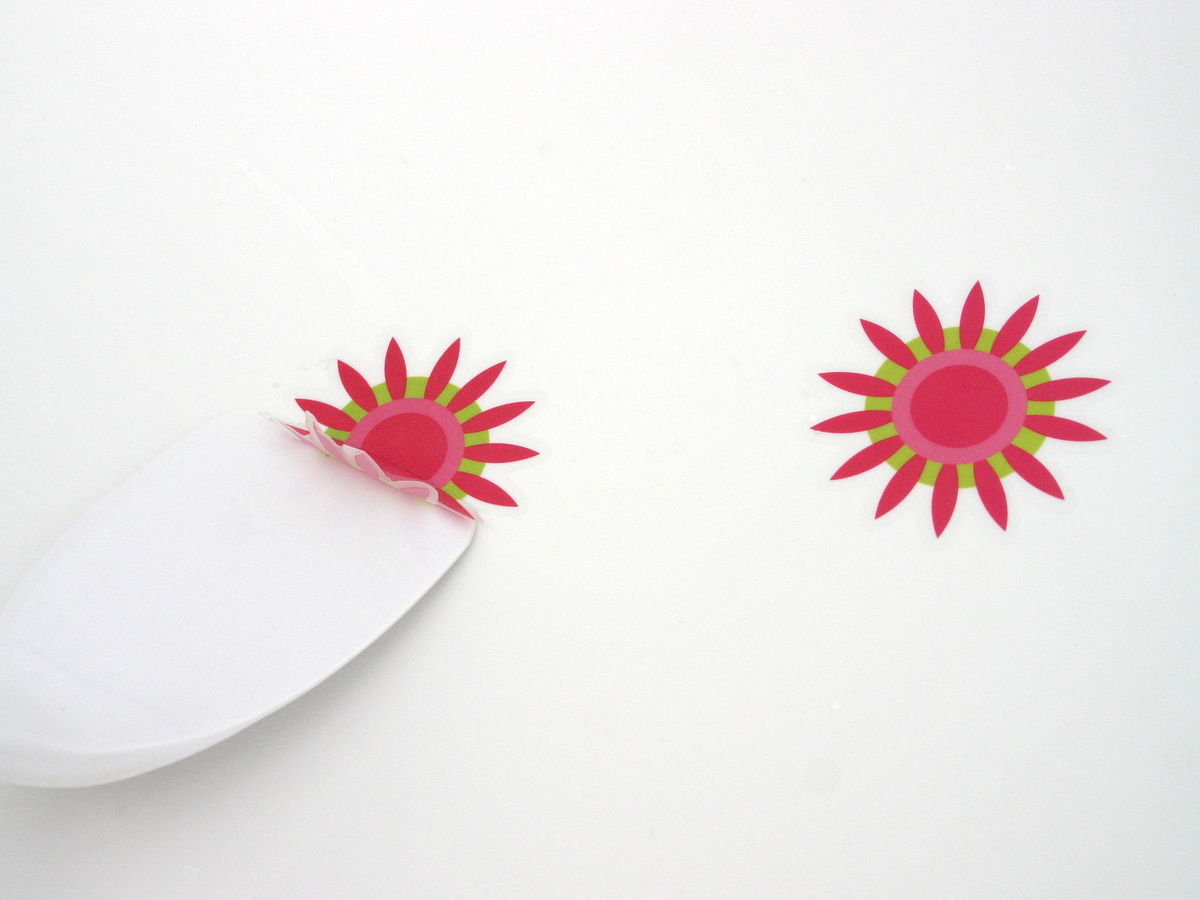


0 thoughts on “What Are Stickers In The Grass”